Loquat paste, a cherished traditional remedy and culinary delight, has been a staple in households for centuries. Prized for its soothing properties, sweet-tart flavor, and versatility in recipes, this golden elixir is often hailed as a natural cure for coughs, sore throats, and digestive issues. However, a perennial question lingers among home cooks and herbalists alike: Are large loquats superior to small ones when crafting this golden paste, or does size matter little in the grand scheme of alchemical kitchen magic? This article delves deep into the nuances of loquat selection, dissecting the merits of both varieties to equip you with the knowledge to brew your perfect batch.
Understanding Loquat Varieties: Size Isn’t Everything, But It Counts
Loquats (Eriobotrya japonica), native to southeastern China, are small, pear-shaped fruits with thin, downy skins that range from yellow to orange-red when ripe. Their flesh is juicy, aromatic, and subtly tangy, with a texture reminiscent of apricots or plums. While loquats are cultivated globally, their size can vary significantly depending on cultivation practices, climate, and genetic factors.
- Large loquats (typically 3–5 centimeters in diameter) boast a higher flesh-to-seed ratio, juicier pulp, and a robust flavor profile. Their size makes them easier to peel and process, reducing preparation time.
- Small loquats (1–3 centimeters in diameter) are often denser, with a concentrated sweetness and thicker skin. They are favored in regions where loquats grow wild, as their smaller size allows for quicker ripening and adaptability to harsher conditions.
But how do these traits translate to the quality of loquat paste? Let’s explore.
Flavor and Sweetness: The Battle of Intensity vs. Balance
One of the most critical aspects of loquat paste is its flavor—a delicate balance of sweetness and acidity that elevates it from mere medicine to gourmet treat. Here, size plays a pivotal role.
Large loquats tend to have a milder, more balanced flavor. Their higher water content dilutes the natural sugars, resulting in a paste that is less cloying but requires longer cooking to achieve the desired thickness. This makes them ideal for those who prefer a subtle, nuanced taste that complements other ingredients like honey, ginger, or lemon.

Small loquats, by contrast, pack a punch. Their denser flesh concentrates sugars and acids, yielding a paste with a bold, almost caramelized sweetness and a tangy kick. This intensity can be advantageous for standalone consumption or as a topping for desserts, though it may overpower delicate flavors in recipes. However, their smaller size means more laborious peeling and seed removal, which can test the patience of even seasoned cooks.
Juice Content and Yield: Efficiency vs. Quality
The amount of juice a loquat yields directly impacts the quantity and consistency of the paste. Larger fruits, with their higher moisture content, produce more juice per fruit, potentially streamlining the cooking process. For example, a kilogram of large loquats might yield 600–700 milliliters of juice, while the same weight in small loquats could yield 400–500 milliliters. This discrepancy matters for bulk preparation, as larger fruits reduce the time spent processing individual pieces.
However, quantity does not always equate to quality. Small loquats, despite their lower juice output, often produce a thicker, more viscous paste due to their higher pectin and soluble solids content. Pectin, a natural thickener found in fruit cell walls, is more concentrated in smaller, slower-growing fruits. This means small loquats require less added sweetener (like sugar or honey) to achieve a spreadable consistency, appealing to health-conscious individuals.
Seed-to-Flesh Ratio: Minimizing Waste, Maximizing Flavor
Loquat seeds, though inedible, are surrounded by a thin layer of flesh that contributes to the paste’s flavor. The seed-to-flesh ratio is a critical consideration for efficiency and taste.
Large loquats typically have fewer seeds relative to their size, with each fruit containing 1–3 large, almond-shaped seeds. This means less waste and more usable flesh per fruit. For example, a single large loquat might yield 80% edible flesh, while a small one might offer only 60–70%, as its seeds occupy a larger proportion of the fruit’s volume.
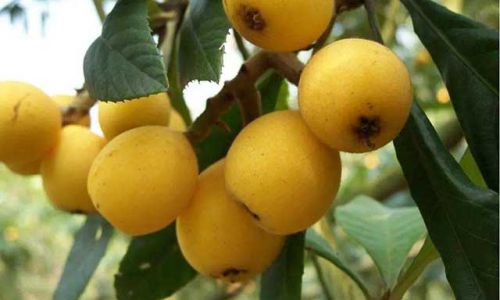
Small loquats, however, compensate with intensity. While their seeds are proportionally larger, the flesh surrounding them is often more flavorful, with a higher concentration of volatile compounds that contribute to the paste’s aroma. This makes them preferable for artisanal batches where flavor depth is prioritized over yield.
Texture and Consistency: From Silken Smooth to Rustic Chunky
The texture of loquat paste can range from velvety smooth to chunky, depending on processing methods and fruit choice.
Large loquats, with their softer flesh, break down more easily during cooking, resulting in a silken consistency even without extensive blending. This is ideal for those who prefer a uniform spread or who lack high-powered kitchen tools. However, their higher water content may require longer simmering to evaporate excess liquid, increasing the risk of overcooking or caramelization.
Small loquats, being firmer and denser, retain their structure longer during cooking. This allows for a chunkier, more textured paste, which some enthusiasts find more satisfying. To achieve a smooth consistency, small loquats may need to be puréed or strained, adding an extra step to the process. Their lower moisture content also reduces cooking time, preserving more of the fruit’s natural vibrancy.
Cooking Time and Efficiency: A Race Against Time
In the kitchen, time is often as precious as ingredients. Here, size influences workflow:
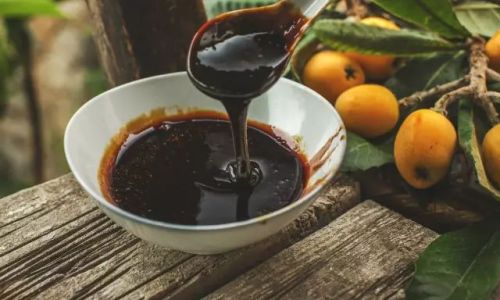
- Large loquats require less preparation time per fruit but may need 20–30% longer cooking to reduce to paste consistency.
- Small loquats demand meticulous peeling and pitting but cook 15–20% faster due to their lower water content.
For commercial producers or those preparing large batches, large loquats offer a clear advantage in labor efficiency. However, home cooks with limited time may prefer small loquats for their quicker cooking phase, despite the initial fuss.
Nutritional Profile: Size and Health Benefits
Both large and small loquats offer similar nutritional benefits, including vitamins A and C, dietary fiber, and antioxidants like chlorogenic acid. However, size may influence nutrient concentration:
- Small loquats often have slightly higher levels of certain antioxidants and fiber per gram due to their denser flesh.
- Large loquats provide more vitamin C per fruit, thanks to their greater volume.
For therapeutic use, small loquats might be preferable for their potent antioxidant punch, while large loquats offer a broader spectrum of nutrients in larger quantities.
Cultural and Traditional Perspectives
Traditional Chinese medicine (TCM) often emphasizes the use of small, wild loquats for medicinal pastes, believing their concentrated energy aligns with healing principles. Conversely, large, cultivated loquats are favored in culinary applications for their mild flavor and versatility.
In Japan, where loquats are known as biwa, small, tart varieties are used in biwa-chō (loquat candy), while large, sweet types are reserved for juices and jams. Mediterranean traditions, meanwhile, often blend sizes to balance flavor and texture.
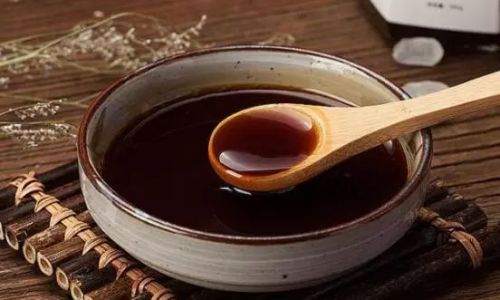
Practical Tips for Choosing and Preparing Loquats
Regardless of size, selecting ripe, unblemished fruits is key. Look for:
- Color: Deep orange hues indicate ripeness.
- Texture: Fruits should yield slightly to gentle pressure.
- Aroma: A sweet, floral scent signals peak flavor.
When preparing:
- Large loquats: Halve and scoop out seeds with a spoon. Peel if desired, though the skin adds fiber.
- Small loquats: Blanch briefly to loosen skins, then peel. Use a cherry pitter or straw to remove seeds.
The Verdict: It Depends on Your Goals
The debate between large and small loquats for paste-making ultimately hinges on your priorities:
-
Choose large loquats if:
- You prioritize efficiency and yield.
- You prefer a mild, versatile flavor.
- You’re new to loquat paste preparation.
-
Choose small loquats if:
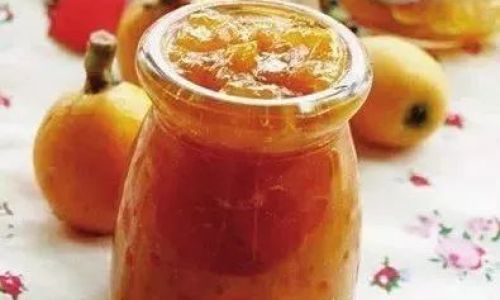
- You seek intense flavor and texture.
- You value nutritional density over convenience.
- You enjoy a hands-on, artisanal cooking process.
Conclusion: A Harmonious Blend
While the loquat size debate rages on, the wisest cooks know that the best paste often combines both varieties. Large loquats provide volume and balance, while small ones add depth and complexity. Experimentation is key—try blending ratios (e.g., 70% large, 30% small) to discover your ideal profile.
In the end, whether you pluck plump loquats from a backyard tree or gather petite wild fruits from a forest floor, the act of transforming these golden orbs into paste is a testament to the alchemy of patience, tradition, and taste. So, the next time you face a bounty of loquats, large or small, remember: size is just the beginning of a delicious journey.

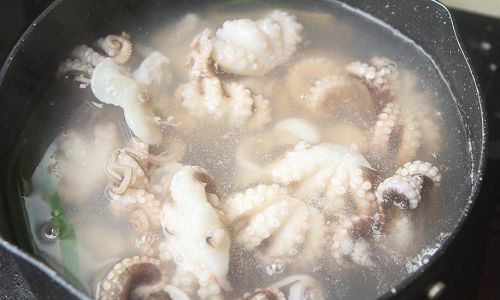
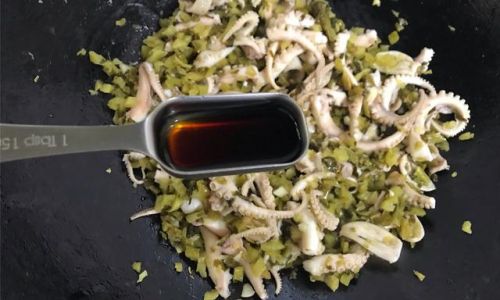
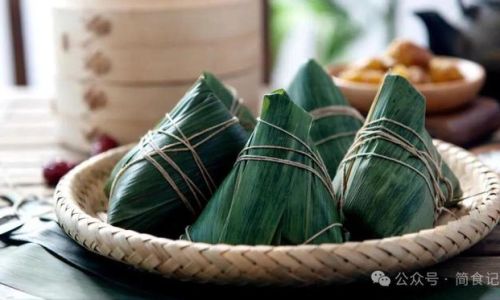
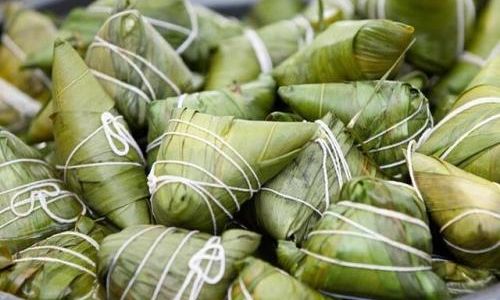
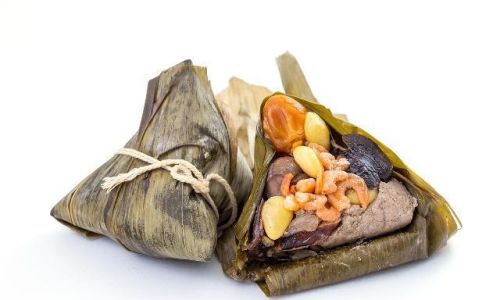
0 comments